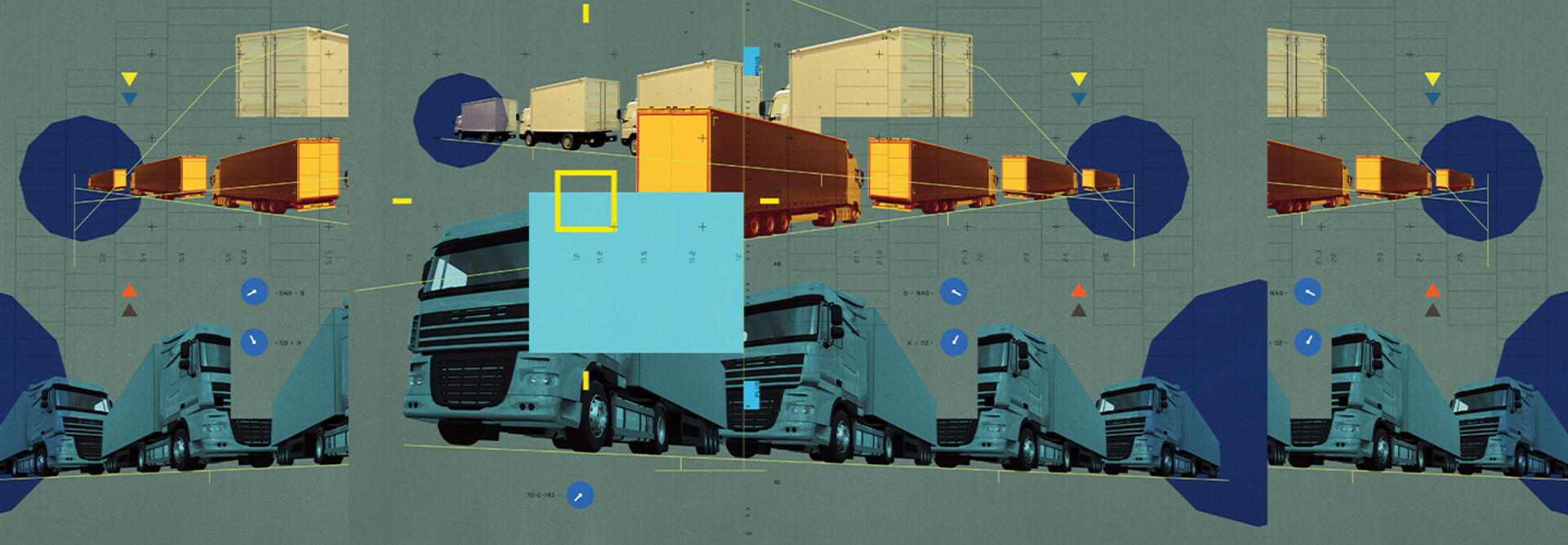Sussex County Uses Load Balancing for Virtual Desktops
Sussex County deploys load balancers across its five data centers to ensure high availability of its virtual desktop and applications.
In its data center for administrative departments, for example, the county installed two Barracuda Load Balancer ADC 340 appliances that sit in front of 15 servers, including multiple Microsoft Exchange Server devices and multiple connection and security servers for its VMware Horizon virtual desktop environment.
The Barracuda appliances serve as the main load balancer when employees request access to their virtual desktops and applications.
Within the servers, Kosinetz and his team also installed VMware’s software-based NSX Advanced Load Balancer in front of two application servers that host 60 virtualized or containerized applications, including Microsoft Office, Adobe software, and finance and purchasing apps.
The county uses a round-robin approach, where a user request goes to one server and the next request goes to another server.
“If you get a spike in users, you don’t overstress server resources,” he says.
The IT department chose VMware’s NSX load balancer in front of its application servers because it fits well with the county’s VMware virtual environment.












